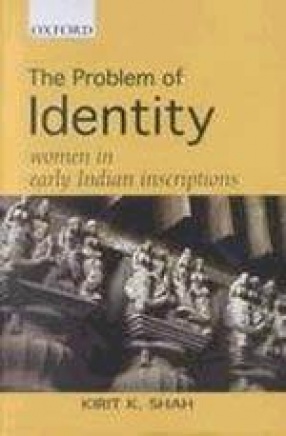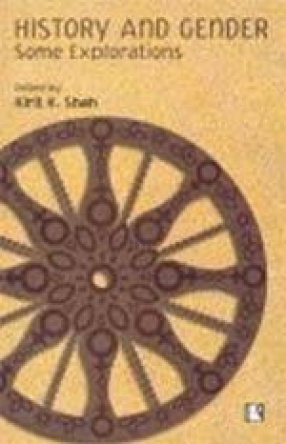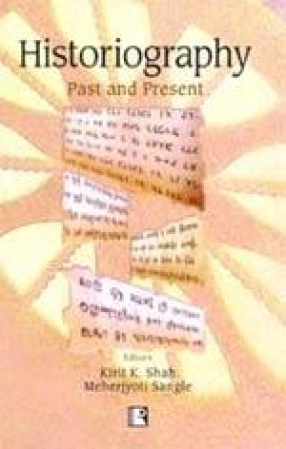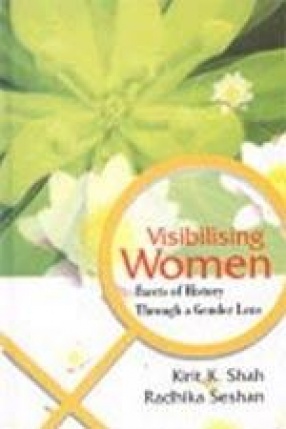
Showing all 5 books




"The available historiography on women in early India is based on literary sources where men speak for women; The Problem of Identity draws on epigraphic accounts where women speak for themselves. In form and in content it is an empirical exercise involving collection and interpretation of data contained in 230 inscriptions belonging to three centuries before and after Christ. The author brings out, in the process, the dichotomy between textual provision and ...

The book is a beautiful narrative of bygone Bunderlkhand and verily brings it alive. Based entirely on archaeological remains and epigraphic records of the region, it is an authentic as well as analytical account of India’s heartland. It defines Bundelkhand tracing the origin of its name and fixing its frontiers in historical perspective. It social and political formations have been presented with as much precision as permitted by the sources, documenting in ...

Gender as genre of history in India is virtually seen to be synonymous with women's history having originated out of the phenomenon of feminism. Few realize that 'woman' and 'man' both are cultural rather than biological categories, and any history based on this realization would subject to searching enquiry the entire gamut of woman-man relationships in societies across time and space. This all encompassing nature of the concept underlines its overriding ...

Among the social sciences, history is the only discipline dating back to the very dawn of civilization, maintaining its unbroken hold on human mind. Of late, however, it is passing through an existential crisis being confronted with powerful projection of the past in electronic media and intense attacks mounted by the postmodernists rejecting its claim to authenticity and objectivity. It is time professional historians should do some self-introspection so as to ...

This book is an attempt to understand, through a gender lens, the ways in which society has been shaped, and the reasons for that shaping. Women in Indian society, as everywhere, constitute half of its members, but still figure very little in its historiography. The papers collected here focus on different times and different facets of women's history, but are linked by the common thread of trying to make visible, that which was invisible.
